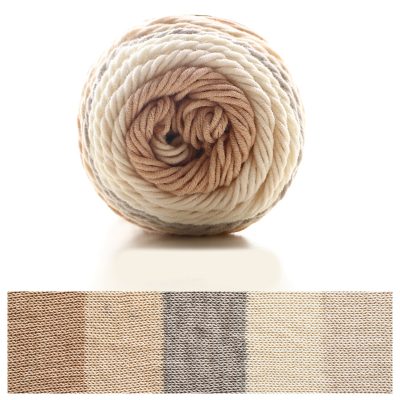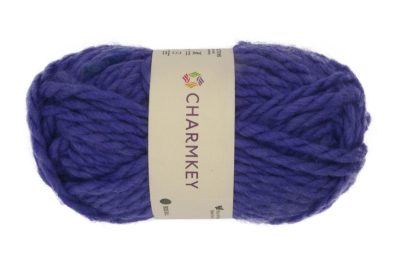Jute yarn weaving plays a significant role in weaving a sustainable future due to the eco-friendly nature of jute fiber and the sustainable practices associated with its production and use. Here’s how jute yarn weaving contributes to a more sustainable future:
- Biodegradability: Jute is a natural fiber derived from the jute plant, making it biodegradable. Products woven from jute yarn will decompose naturally, reducing waste and environmental pollution.
- Renewable Resource: Jute is a fast-growing crop that can be harvested in just 4-6 months. This makes it a highly renewable source of fiber compared to other textile materials, such as cotton or synthetic fibers.
- Low Environmental Impact: Jute cultivation typically requires minimal pesticide and fertilizer use. It also contributes to improved soil quality and reduced soil erosion, minimizing its environmental footprint.
- Carbon Sequestration: Jute plants have the ability to absorb significant amounts of carbon dioxide during their growth. This helps mitigate greenhouse gas emissions and combat climate change.
- Sustainable Farming Practices: Many jute-producing regions are adopting sustainable farming practices, such as organic farming and crop rotation, to enhance the sustainability of jute cultivation.
- Local Economies: Jute cultivation and processing often take place in developing countries, providing employment opportunities and supporting local economies. This contributes to poverty alleviation and sustainable development.
- Reduced Microplastic Pollution: Unlike synthetic fibers like polyester or nylon, jute does not shed microplastic particles when washed, helping to reduce microplastic pollution in oceans and waterways.
- Diverse Applications: Jute yarn weaving allows for the creation of a wide range of sustainable products, from textiles and home decor to packaging materials and industrial products. Its adaptability makes it an attractive option for various industries seeking sustainable alternatives.
- Consumer Demand: As awareness of environmental issues and sustainable living grows, there is an increasing demand for eco-friendly products. Jute yarn weaving aligns with this demand and offers consumers greener choices.
- Innovation: The jute industry continues to innovate, developing new weaving techniques and applications that further enhance the sustainability and appeal of jute-based products.
By promoting jute yarn weaving and supporting sustainable practices throughout the jute supply chain, we can contribute to a more sustainable future. This sustainable and versatile material offers a path toward eco-conscious consumption and production, helping to reduce the ecological footprint of various industries and create a more environmentally friendly world
























